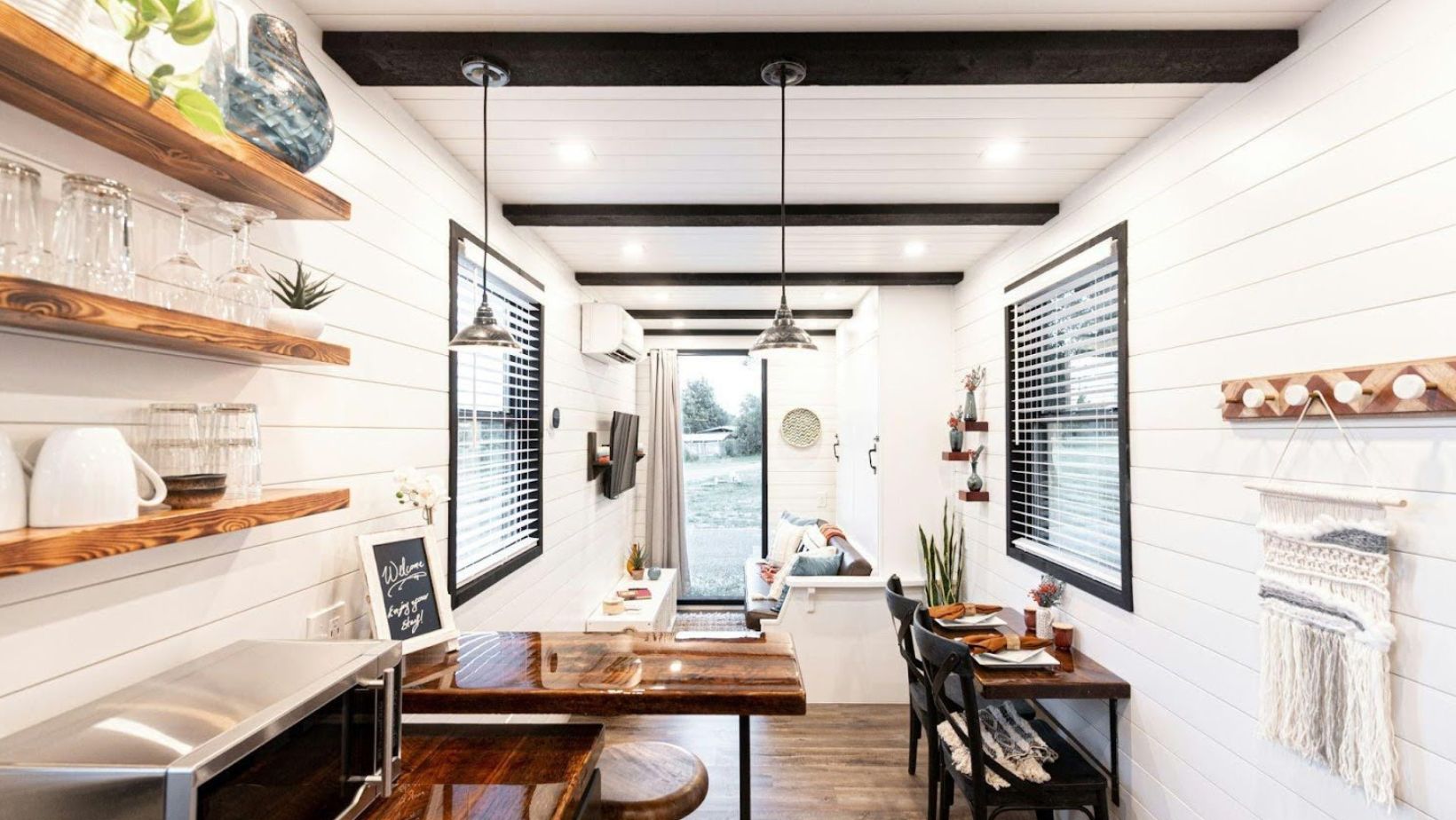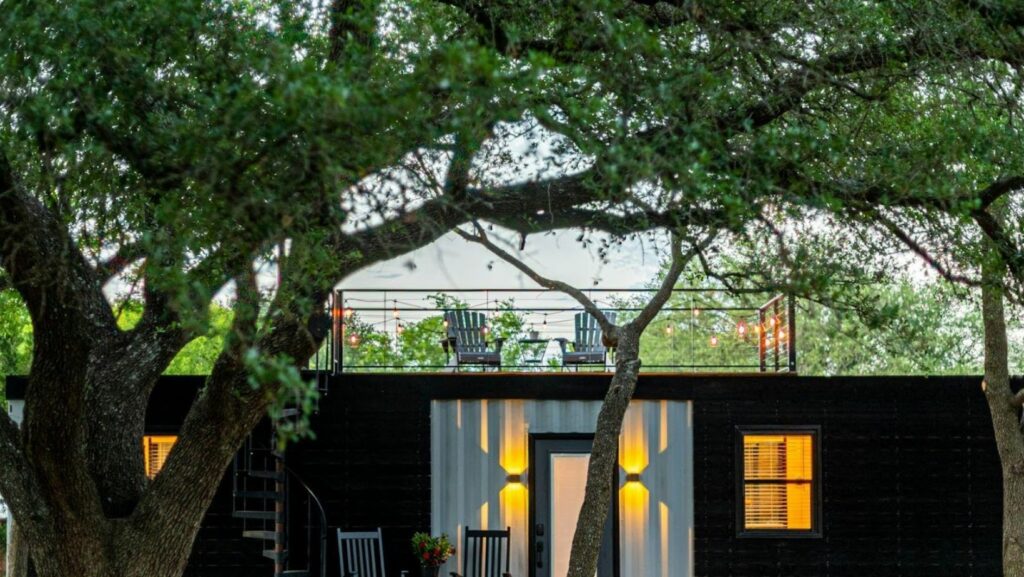Urban populations are growing faster than housing can keep up. With space shrinking and costs rising, finding affordable living options has become a major challenge. Shipping containers, once limited to freight and storage, now provide a durable and practical alternative for modern urban housing.
Local and regional suppliers offer shipping containers for sale in Kansas City MO that deliver nearby solutions with transport-ready durability and practical design. In Kansas City, Missouri, these steel units convert into homes, offices, or mixed-use spaces to address the pressing need for flexible urban living.
As cities face mounting housing pressure, these containers offer a fast, cost-effective, and sustainable option. Their sturdy construction and versatility allow communities to address shortages without the delays or expenses of traditional buildings.
Key Benefits of Container Homes for Urban Housing
City governments and developers have begun exploring container housing because it addresses several key urban issues. These structures combine cost efficiency, speed, and environmental benefits, which makes them especially attractive for high-demand areas.
Affordability in Expensive Housing Markets
Housing prices in major cities often exclude a large portion of the population. Container homes drastically lower construction expenses by reusing existing materials and eliminating many steps associated with conventional building.
A single unit can serve as a small studio or combine with others to form multi-room homes. This provides affordable entry points for first-time homeowners or renters. Reduced labor costs and minimal land requirements allow developers to pass savings directly to residents.
Speed of Construction
Traditional housing can take months or even years, often delayed by bureaucracy. In cities with urgent housing needs, container homes can be ready in just weeks, which eases pressure on overcrowded shelters.
Here are key reasons container homes are quicker to build:
- Pre-built structure: Units arrive ready for use, which cuts construction time.
- Modular design: They can be stacked, combined, or modified as needed.
- On-site customization: Only essential modifications are necessary.
- Scalability: Multiple units can be added rapidly.
By cutting construction time, container homes provide a fast, flexible solution for immediate housing shortages and allow cities to scale quickly.
Eco-Friendly Urban Living
Transforming old shipping containers into homes minimizes waste and fosters sustainable urban growth. Rather than allowing these units to sit idle, builders repurpose them into usable living spaces.
These homes often include energy-efficient elements such as solar panels and rainwater systems. By reusing materials and cutting energy use, container homes help reduce the environmental impact of construction.
Flexibility and Adaptability
Container housing adapts to different urban needs. Units can be stacked, arranged in clusters, or spread across vacant lots. This flexibility allows cities to create temporary housing for displaced populations or permanent developments for growing neighborhoods. As demographics shift, containers can be relocated or reconfigured. This ensures long-term usability without the need for demolition or expensive rebuilding.
Creative Designs for Compact City Living
Modern container homes go far beyond the image of a simple steel box. Thoughtful design transforms these spaces into stylish, comfortable homes that suit the realities of urban life.
Multi-Level Apartment Complexes
Developers often stack containers to maximize limited city land. By combining vertical construction with shared amenities, they create affordable apartment buildings that serve dozens of families. These complexes work especially well in cities with dense populations, offering efficient housing without requiring massive plots of land.
One notable example is the Box 500 Apartments in Salt Lake City, Utah. This six-story building made from shipping containers houses 83 units and is among the tallest container-built structures globally.
Single-Unit Micro Homes
For individuals or couples seeking minimalist lifestyles, single-container homes provide independence at a fraction of the usual cost. Clever layouts include foldable furniture, hidden storage, and compact appliances to make the most of every square foot. These micro homes appeal to students, digital professionals, or anyone seeking a simple, budget-friendly urban space.
Mixed-Use Spaces
Some developers merge residential and commercial functions into one container-based structure. For example, lower floors may house cafés or small shops, while upper floors contain living spaces. This hybrid model revitalizes underused neighborhoods by encouraging foot traffic and community engagement. It blends housing with local business growth.
The Urban Container Housing Dilemma: Key Challenges to Address
Despite its advantages, container housing faces hurdles that should be addressed for widespread adoption.
Zoning and Building Regulations
Urban construction involves strict rules on safety, land use, and infrastructure. Containers often require special permits, and local authorities may lack clear guidelines for these unconventional structures. Navigating these regulations demands careful planning and collaboration with city officials.
Insulation and Climate Control
Steel containers conduct heat and cold easily, which creates challenges for year-round comfort. Without proper insulation and ventilation, homes can become unlivable in extreme weather.

Successful projects rely on high-quality insulation, double-glazed windows, and climate-control systems to meet regional requirements.
Neighborhood Acceptance
Public perception can influence the success of container housing projects. Some communities may view these homes as temporary or unattractive. Education campaigns, attractive designs, and integration with local architecture help build acceptance and reduce resistance from nearby residents.
A Scalable Solution to the Housing Crisis
Container homes represent more than an architectural trend. They offer cities a practical, adaptable, and environmentally responsible way to address housing shortages. With lower costs, faster construction, and design flexibility, these structures provide hope for residents struggling to find affordable places to live.



